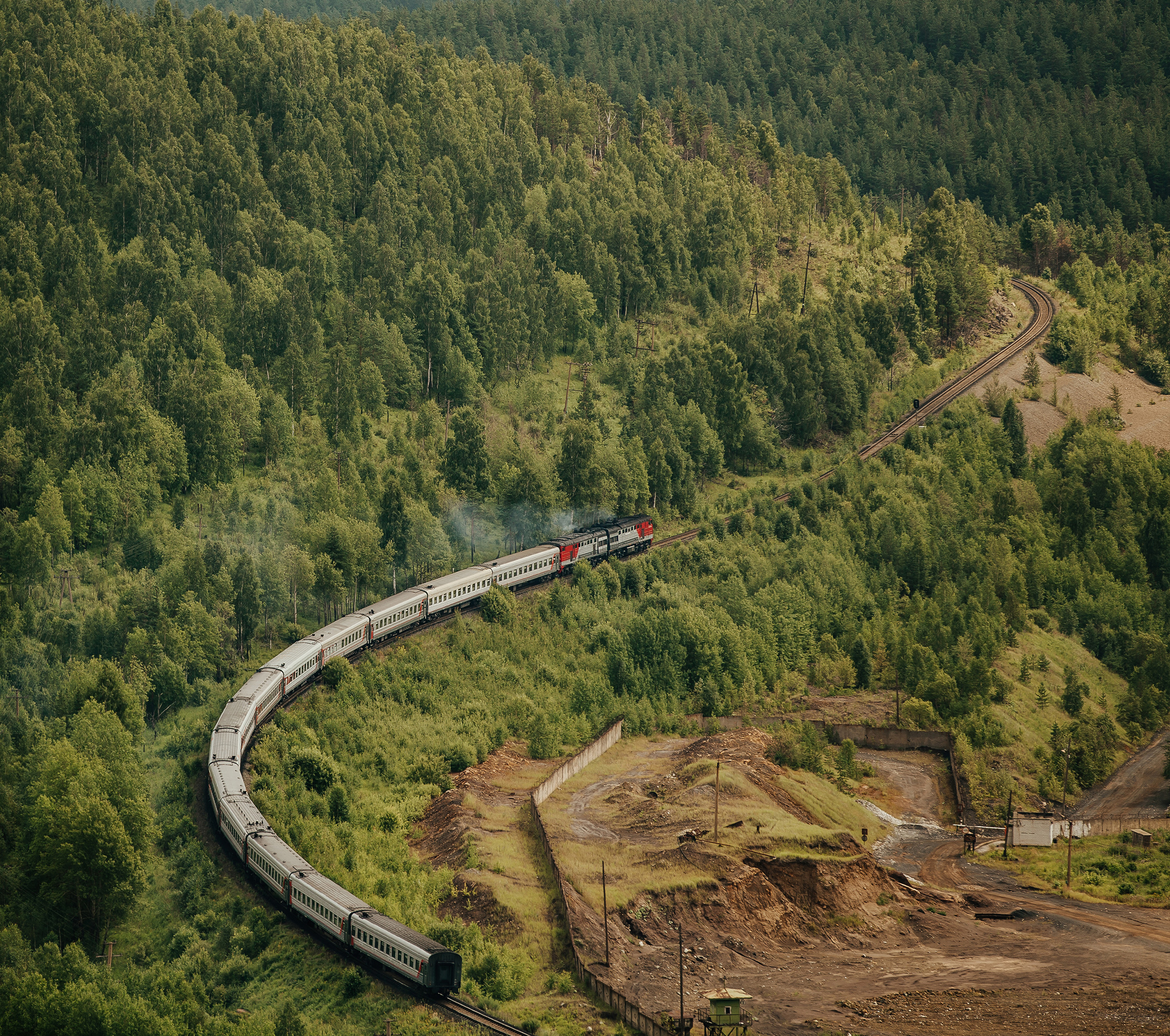Freight Railroads & Climate Change

One train can carry the freight of hundreds of trucks, which reduces highway congestion**

Freight railroads are 3-4 times more fuel efficient than trucks, on average

Moving freight by train instead of truck reduces greenhouse gas emissions by up to 75%

Railroads account for 40% of U.S. freight but only 2.1% of U.S. transport-related greenhouse gas emissions*
The nation’s freight railroads stand ready to partner with policymakers to make meaningful progress in combatting climate change. As the most fuel efficient way to move freight over land, freight rail is ahead of other modes of surface transportation when it comes to limiting its carbon footprint. While targeted private investments and increased fuel efficiency are making railroads even more sustainable, more work must be done. Policymakers can help by developing policy strategies that:
As policy makers consider proposals to reduce GHG emissions, railroads support strategies that:

Leverage Market-based Competition

Encourage Innovative Solutions

Allow for Varied Approches
Encourage competition and harness market principles to reduce emissions.
Well-designed policies will alter market behavior and spur innovation, helping promote sustainable greenhouse gas (GHG) reductions at the least cost to the economy and households.
- Implement a reasonable, market-based emissions reduction strategy to empower competition and ultimately grow a clean energy economy.
- Restore the Highway Trust Fund to a user-pays system with a short-term fuel tax increase and longer-term vehicle miles traveled fee.
- Impose an emissions surcharge based on the fuel efficiency of vehicles and provide dedicated funding for passenger rail to address transportation-related emissions and support the most environmentally friendly option for moving people over land.


Drive research and adoption of promising new technologies.
Investment in basic and industry-specific research, coupled with the right policies and incentives, will spur innovation to reduce emissions.
- Embrace partnership between government and the private sector and increase funding for ongoing research on alternative fuels and advanced battery storage.
- Expand and support the use of carbon capture utilization and storage (CCUS) through market development programs and tax incentives.
- Provide operational and regulatory flexibilities so industry can test and deploy new technologies.
Allow partnerships between railroads and industry to advance sector-specific progress.
The rail industry has its own unique advantages and challenges in reducing its impact on the environment.
- Ensure railroads can invest in maintaining and sustaining their infrastructure by preserving the current balanced economic regulatory system.
- Allow innovation to guide GHG reductions and avoid prescriptive means for reducing emissions by certain industries — particularly those that have proven untenable, such as catenary electrification of the freight rail network.

According to the U.S. Environmental Protection Agency (EPA) **According to the Texas Transportation institutes 2019 Urban Mobility Report. highway congestion cost Americans $165 billion in wasted time (8,8 billion hours) and wasted fuel (3.3 billion gallons) in 2017.